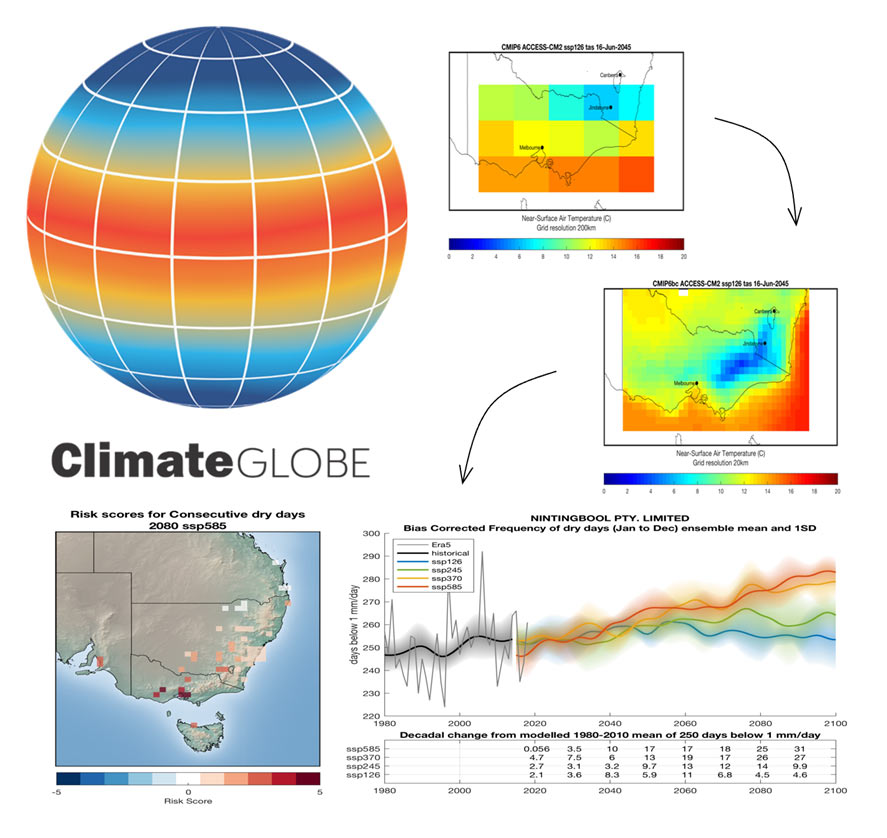
Sustainability Analytics & Climate-Risk AI Models
As environmental concerns continue to increase, the usefulness of sustainability analytics, including climate-risk AI models, is rising at the same pace as well. Sustainability analytics and climate-risk models use AI in assessing the burden an investment has on the environment, or its ecological impact. Sustainability analytics, through machine learning, has the ability to analyze big data from sources such as weather, CO2 emissions, and regulatory adjustments, to provide the user with an understanding of climate-based impacts on a financial asset. For example, a climate-risk model can provide the results of companies that may be more resilient to climate change and their lifestyle report will support sustainable investment decisions. Additionally, a climate risk model has the potential to assist in early compliance with developing regulations, help the greater economy transition towards sustainability, and also assist companies in setting sustainable self-goals. If financial institutions shift their focus on sustainability analytics into all decisions they make, not limited to investments, they will be able to avoid climate-related risks as well as work towards a sustainable future. The introduction of AI in sustainability analytics is a warming sign for a more responsible and future-thinking financial institution.
Source: RiskFrontiers
